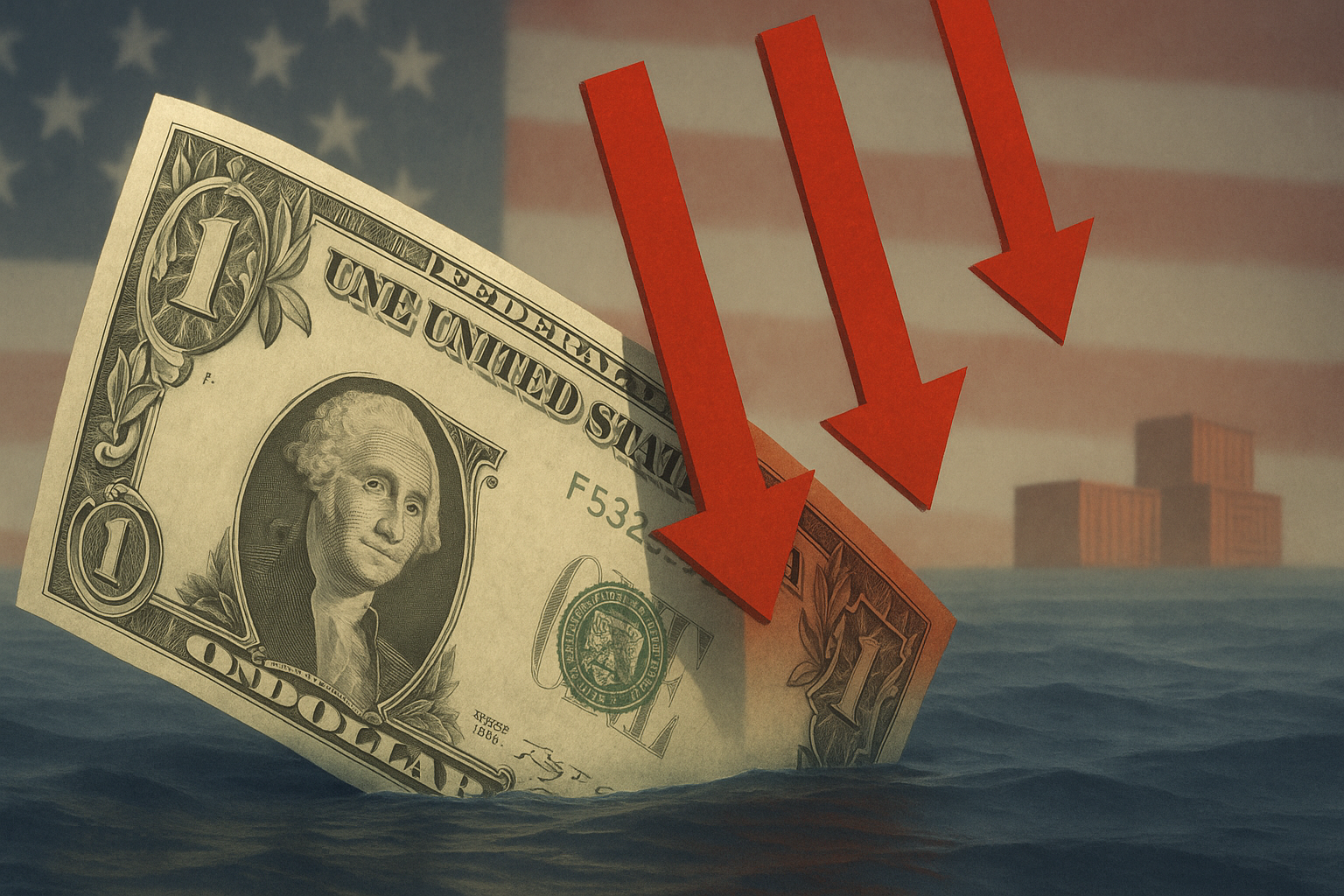The American dollar is having a rough go of it lately. The greenback has stumbled into 2025 with what analysts are calling its worst start to a year since the Nixon era—a decline that's raising eyebrows from Wall Street to Washington.
I've been tracking currency markets for nearly a decade, and this drop is something special. The Dollar Index has shed about 10 percent since January, a plunge that's left many traders scratching their heads and checking their charts twice.
What's behind this free fall? Well, it's complicated.
Trump's trade policies appear to be a major culprit. The administration has unleashed a barrage of tariff threats and trade restrictions that change faster than New England weather. Just last week, I watched a veteran currency trader physically wince when his phone buzzed with news of yet another potential tariff announcement.
"Markets hate uncertainty," explained Maria Ramirez, chief currency strategist at First Boston Group, during our conversation yesterday. "And right now, we've got uncertainty by the truckload."
Then there's the fiscal situation. The recently passed One Big Beautiful Bill Act (yes, that's really what they named it) is expected to balloon the deficit by trillions over the coming decade. Look, I'm not suggesting we'll see Zimbabwe-style inflation by Thursday, but markets eventually notice when you're printing money at industrial scale.
It's basic economics—more dollars chasing the same goods means each dollar buys less. Simple as that.
Perhaps most concerning to institutional investors is the president's increasingly combative stance toward the Federal Reserve. Central bank independence has been something of a sacred cow in American finance since the bad old inflation days of the 1970s. When that independence comes under threat... well, global investors get nervous.
The historical parallel to 1973 isn't exactly reassuring. That was when the Bretton Woods system collapsed, ending dollar-gold convertibility and ushering in an era of economic turbulence that many older economists still discuss with a thousand-yard stare.
Having covered several currency crises in emerging markets, I can tell you that these things often start slowly, then happen all at once.
The administration's supporters argue—not without some merit—that a weaker dollar helps American exporters by making their products more competitive overseas. True enough. But it's a bit like saying a flat tire saves on gas. Technically accurate, but hardly ideal.
What's particularly striking is the contradiction between rhetoric and reality. The president frequently touts his love for a "big, beautiful, strong dollar" while pursuing policies that seem almost precision-engineered to weaken it.
Will the dollar's decline continue? That depends on whether policy shifts or markets adjust.
Either way, 2025 is shaping up to be a year when currency traders earn their bonuses. And maybe invest those bonuses in something other than dollars.
